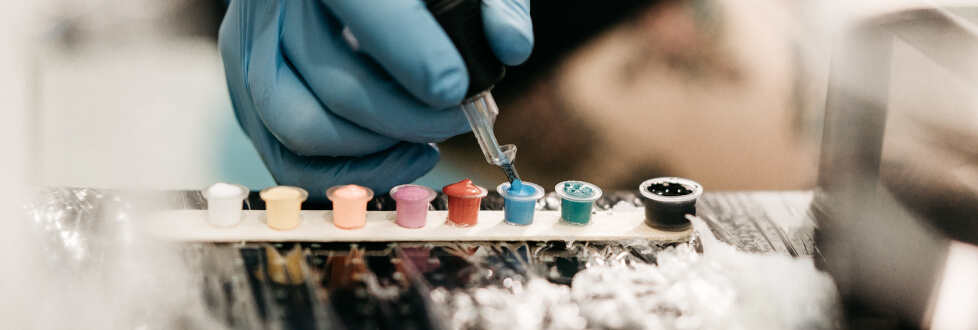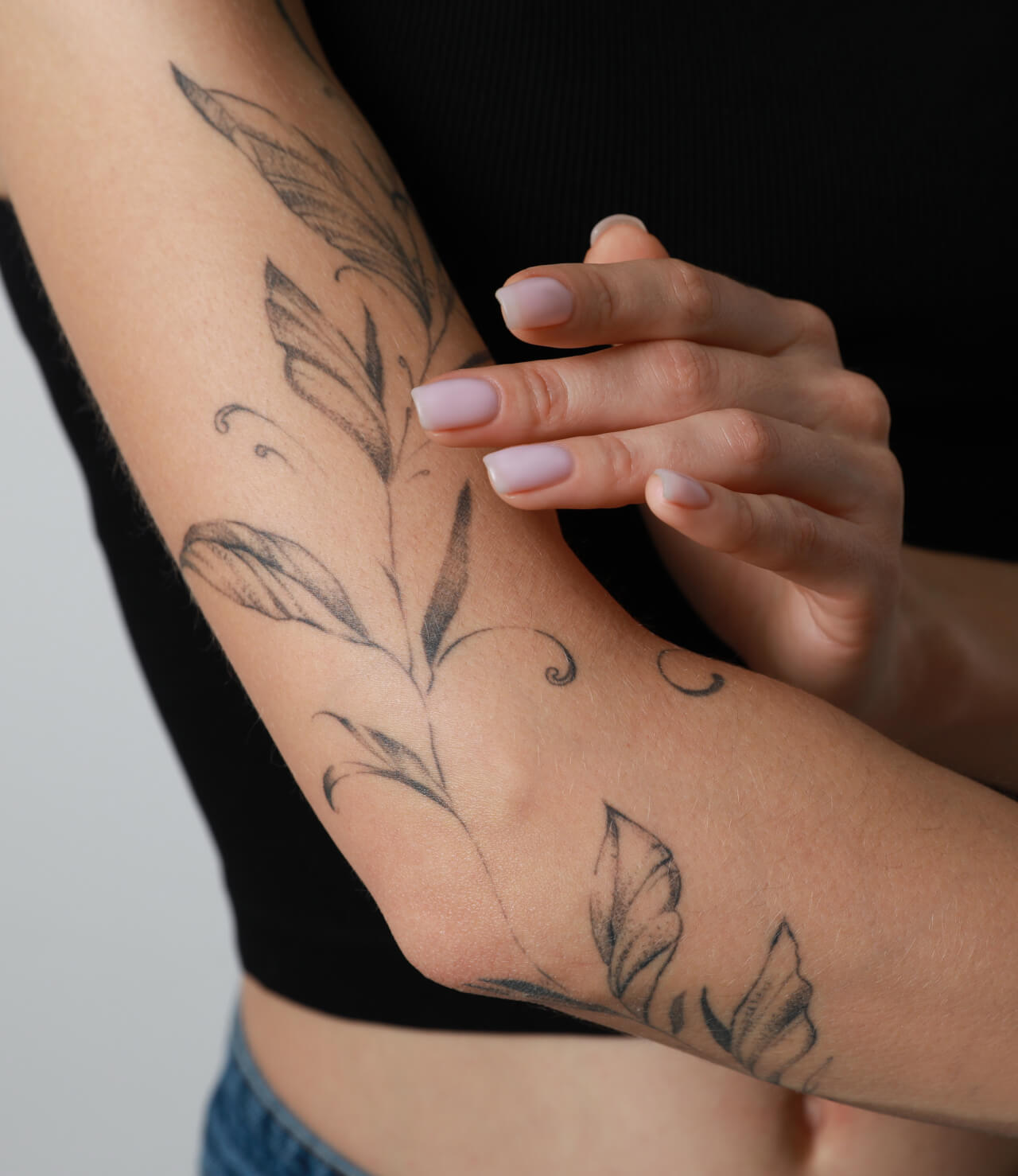Whether it’s a first tattoo or you’re thinking of expanding your collection, a little pre-planning and Emla numbing cream may help make the experience less painful.
Ready for that first tattoo?
Getting a tattoo can be an anxious time, particularly when it’s your first. Knowing what to expect and doing a bit of planning beforehand may help take the stress out of the process, helping things to run smoothly and as painless as possible.
What you need to know before getting a tattoo
It doesn’t matter if it’s the first time you’ve stepped inside a tattoo shop or your tenth, it’s a good idea to spend a bit of time finding out more about the process – such as what does tattooing feel like, how best to prepare yourself for your tattoo session and how to take care of your new tattoo.
Here’s some information and a few tips to help you get started.

What does getting a tattoo feel like?
How can you reduce pain from tattooing?
Tattoo location: if it’s your first time, you might want to pick an area of your body that is known to be less painful to tattoo. Generally, the flesher the area the less painful it will be, while bony areas such as the face, wrists, hands, knees and elbows are considered to be more painful.

Tattoo size, style and tattooing time: choosing a small tattoo or a simple outline design means the tattoo is likely to be easier (and quicker) to complete and will usually be less painful. If you have a large or complex tattoo in mind, then you need to be prepared as the intensity of pain can increase during a longer tattooing session. You may also need to prepare yourself for the ‘long haul’ as large tattoos are often completed over several sessions.
Tattoo artist’s style: some tattooists are known for their ‘gentle’ touch, while others may be more heavy handed making the process more painful – so it may pay to ask around and find out about
Be prepared: there are a number of things you can do before and during your session that may help reduce tattoo pain, such as:
- Relax – being stressed before or during tattooing may increase pain
- Try to distract yourself during the tattooing – listen to your favourite music, chat, take some deep breaths or even mediate!
- Don’t be afraid to ask for breaks.
If you know you don’t do well with pain, try using a skin numbing cream – such as Emla – to reduce the pain, allowing you to relax and enjoy the experience.

How does Emla work for tattoos?
Worried about getting a tattoo? Emla numbing cream – available without a prescription from your local pharmacy – may be able to help.
Formulated with two local anaesthetics – lidocaine (lignocaine) and prilocaine – Emla is a topical numbing cream that is applied directly to the skin to help lessen the pain caused by needle and laser procedures such as tattooing and tattoo removal.
⇒ You only need to apply Emla to the area of skin chosen for your tattoo,
⇒ Emla needs at least 1 hour to numb your skin so make sure you know where you’re having your tattoo and leave yourself enough time to apply your Emla cream before your tattoo session
Learn more about how to apply Emla numbing cream
The amount of Emla cream you need will depend on the size and complexity of your tattoo. You may need more than one session to complete your design, so you will need to check with the tattooist where to apply the cream for each session.
Emla cream comes in two handy sizes allowing you to select the right pack for your tattoo:
- 30 g tube is ideal for large tattoos or for when multiple sessions are planned
- 5 g tube is suitable for smaller tattoos
Caring for your new tattoo
You’ll need to look after your new tattoo and take precautions to help avoid it getting infected:
- Follow the aftercare advice given by your tattooist
- Do not run, pick or scratch your new tattoo
- Wash your hands before touching the tattoo while it is healing (usually 1-3 weeks)
- Only use creams recommended by your tattooist or a pharmacist
- Avoid soaking the tattoo in water – so no swimming or bathing until it is fully healed
- Protect your new tattoo from the sun – do not apply sunscreen to your tattoo until it is fully healed, use loose protective clothing instead.
It’s natural for a newly inked tattoo to hurt a bit, but if your tattoo becomes very red, swollen, tender or does not heal, it may be infected and you should see the advice of a healthcare professional.

